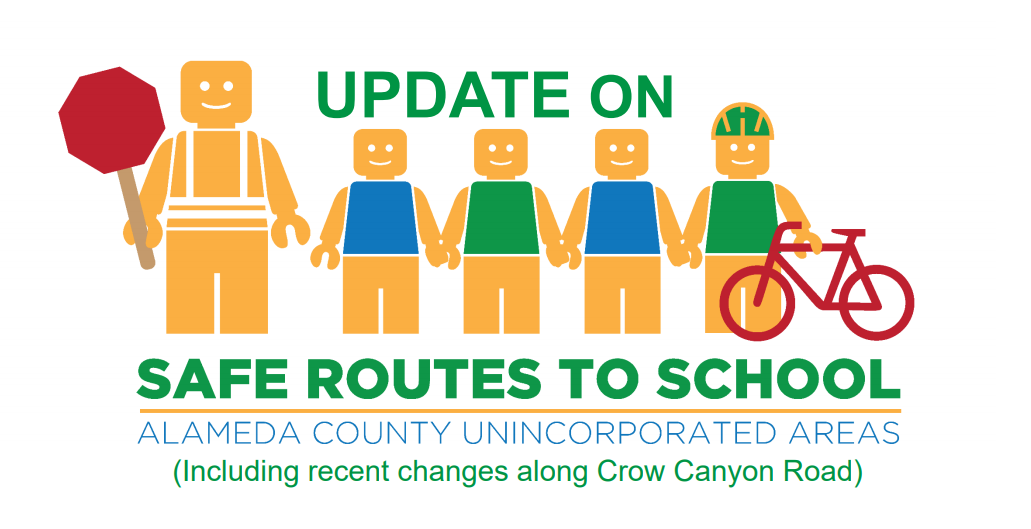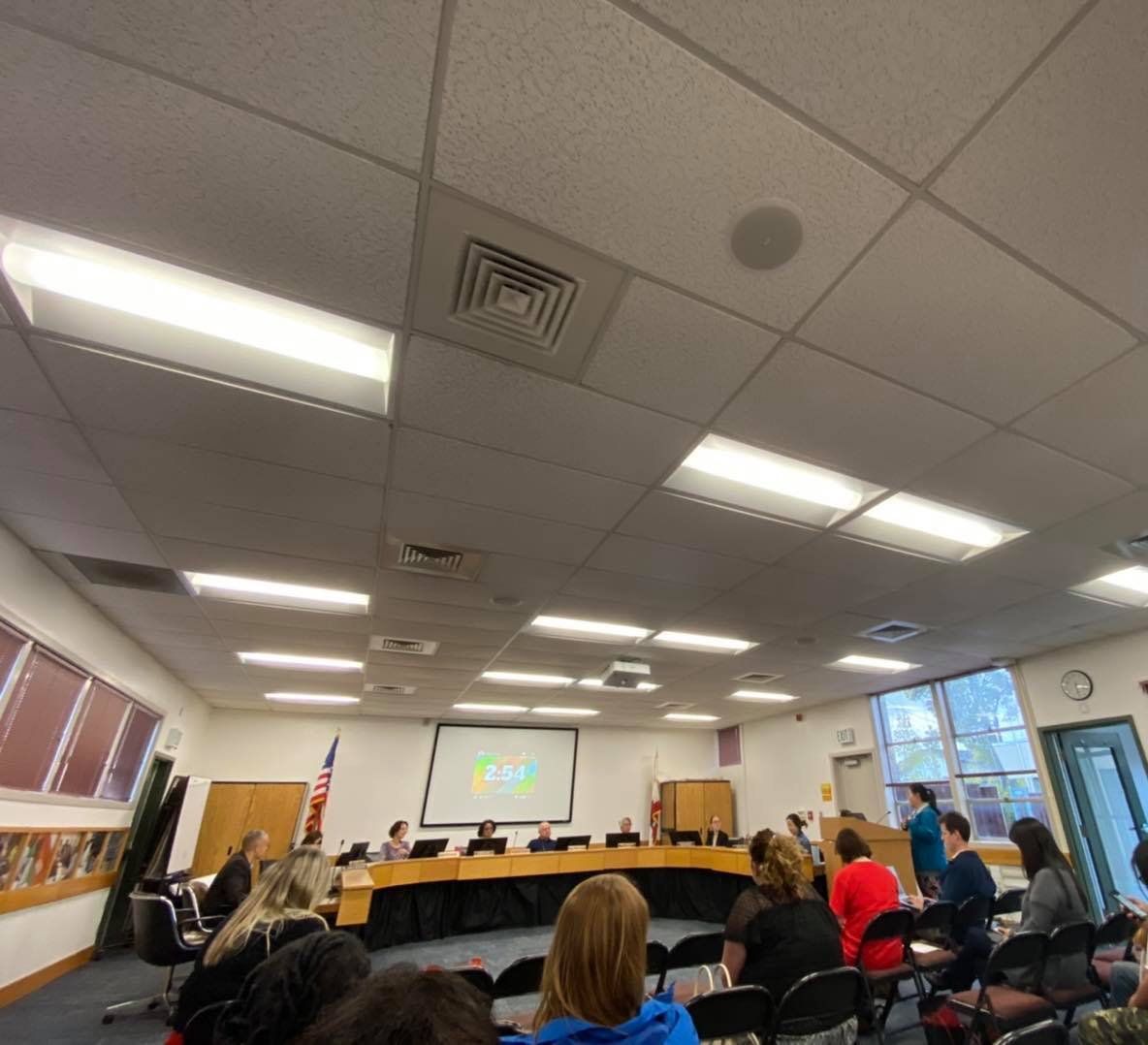I am so pleased to see the LCAP/LCFF process explained in easy to understand terms. This makes what has been a very complicated topic for many parents into something they can understand and approach. I look forward to updates that inform parents and community members on how we can become more engaged and support our students. I hope that CVUSD might use this clear language as a model for communications on this topic going forward. Thanks, Alicia!
What is the LCAP and why does it matter?
- By : Alicia Gholami
- Category : Education
Education is a field that is overflowing with acronyms. Recently, you’ve probably heard a couple of new ones thrown around: LCAP and LCFF. But what are these things and why do they matter to our students here in Castro Valley?

The Local Control Funding Formula (LCFF) is a new way for the state of California to fund education. Instead of giving each school district the same amount of funding based on the number of enrolled students, the LCFF gives school districts different amounts of funding based on need. All school districts start with a standard amount based on the number of enrolled students called the Base Grant. Then, school districts are given more funding based on the number of “high need” students. High need students are identified as students who fall within the following groups: English Language Learners, low-income students, and foster youth.
So now that CVUSD has funding, what happens with it? That is where the Local Control Accountability Plan (LCAP) comes in. The LCAP is the plan that dictates how our school district spends its money. The plan is developed with help from all stakeholders including administrators, educators, classified staff, parents, and students. [The Castro Valley district LCAP. -ed] Also, each school has a School Site Plan (SSP) that connects the goals of the LCAP to the specific school site. The LCAP is designed to improve education for all students, but also specifically focuses on students from the high need subgroups.
Castro Valley’s 2015-16 LCAP is in draft form and includes four goals: (1) Ensure that ALL students graduate “college and career ready” through the full implementation of the Common Core State Standards (CCSS), (2) Ensure a positive learning environment with properly certificated teachers, adequate materials, and appropriate facilities to support high quality teaching and student learning, (3) Empower ALL parents (including those speaking a language other than English) to be actively engaged in their students’ education and decision-making processes by providing timely information and encouraging parents to demonstrate their support for student learning and for the importance of graduating “college and career ready,” (4) Ensure that ALL students are actively engaged and supported through a safe, healthy, culturally responsive, and rigorous learning environment.
In other words, we want Castro Valley’s schools to prepare students for college or career. We want our schools to create effective learning environments filled with highly qualified teachers. We want parents and families to be involved with the educational process. We want our schools to support students with a safe and engaging environment. The goals sound simple. Now, how do we get there? As our school district works to complete our 2015-16 LCAP, I will update you with what you should see happening in our schools and how working towards the LCAP goals will benefit all of Castro Valley’s students.


